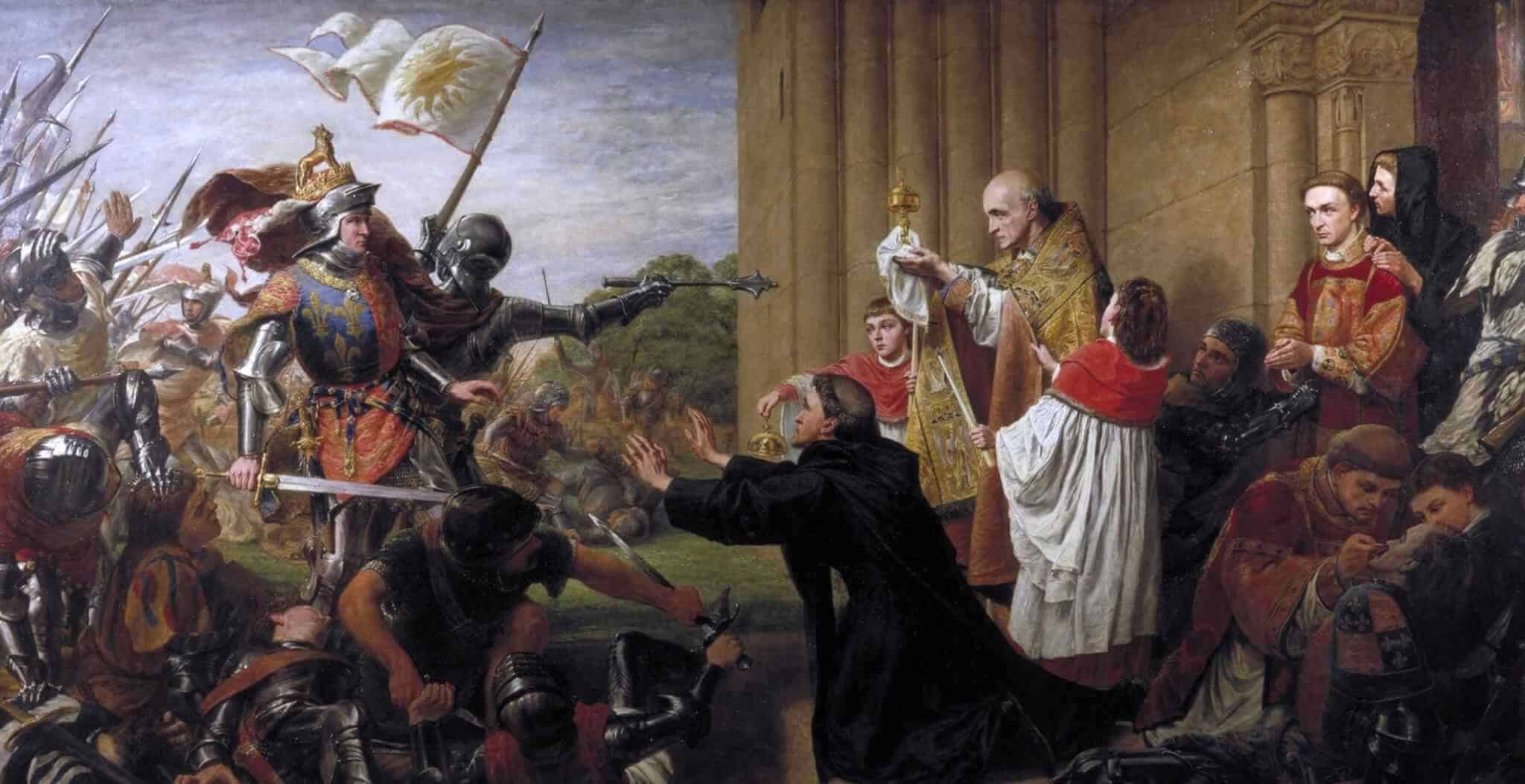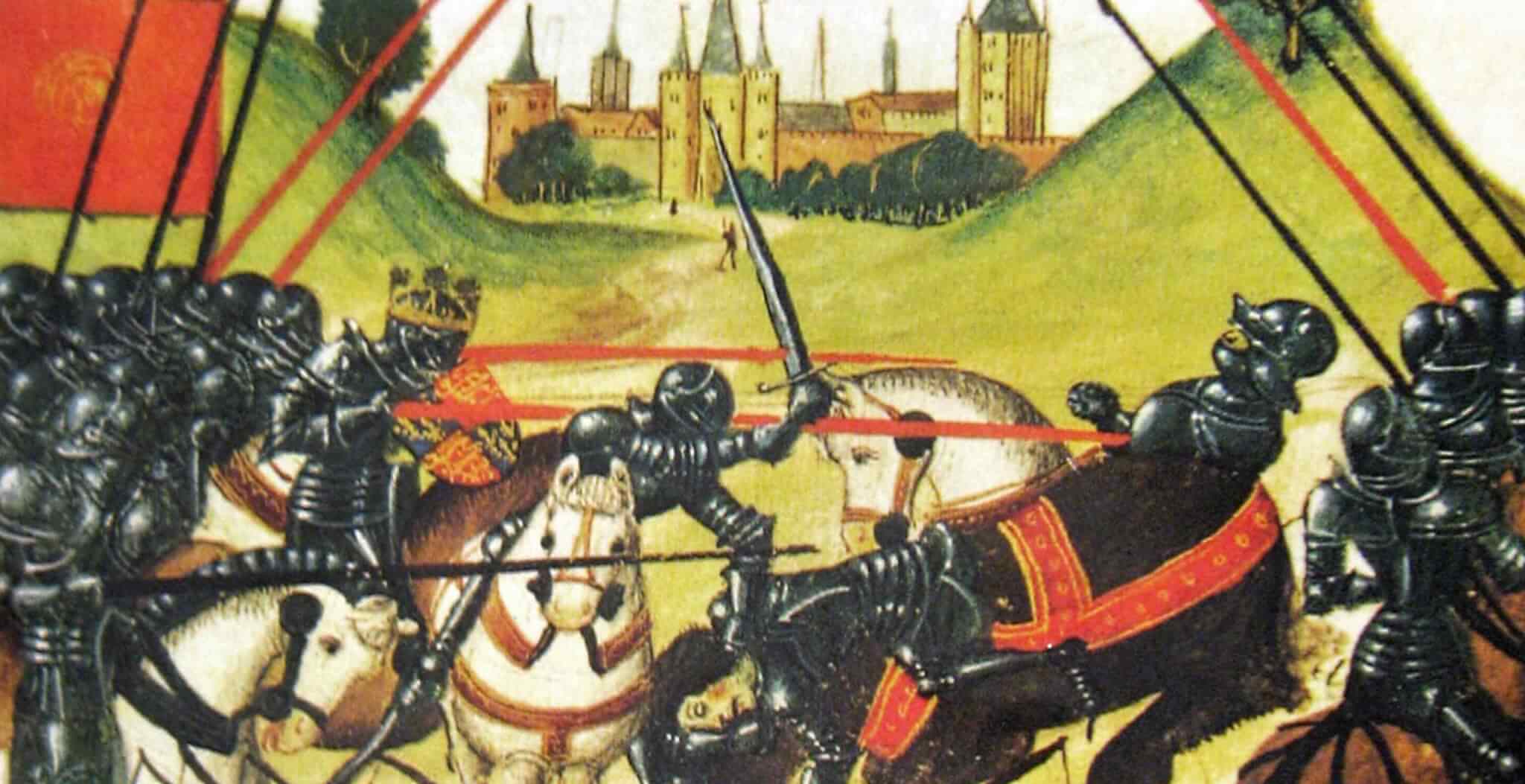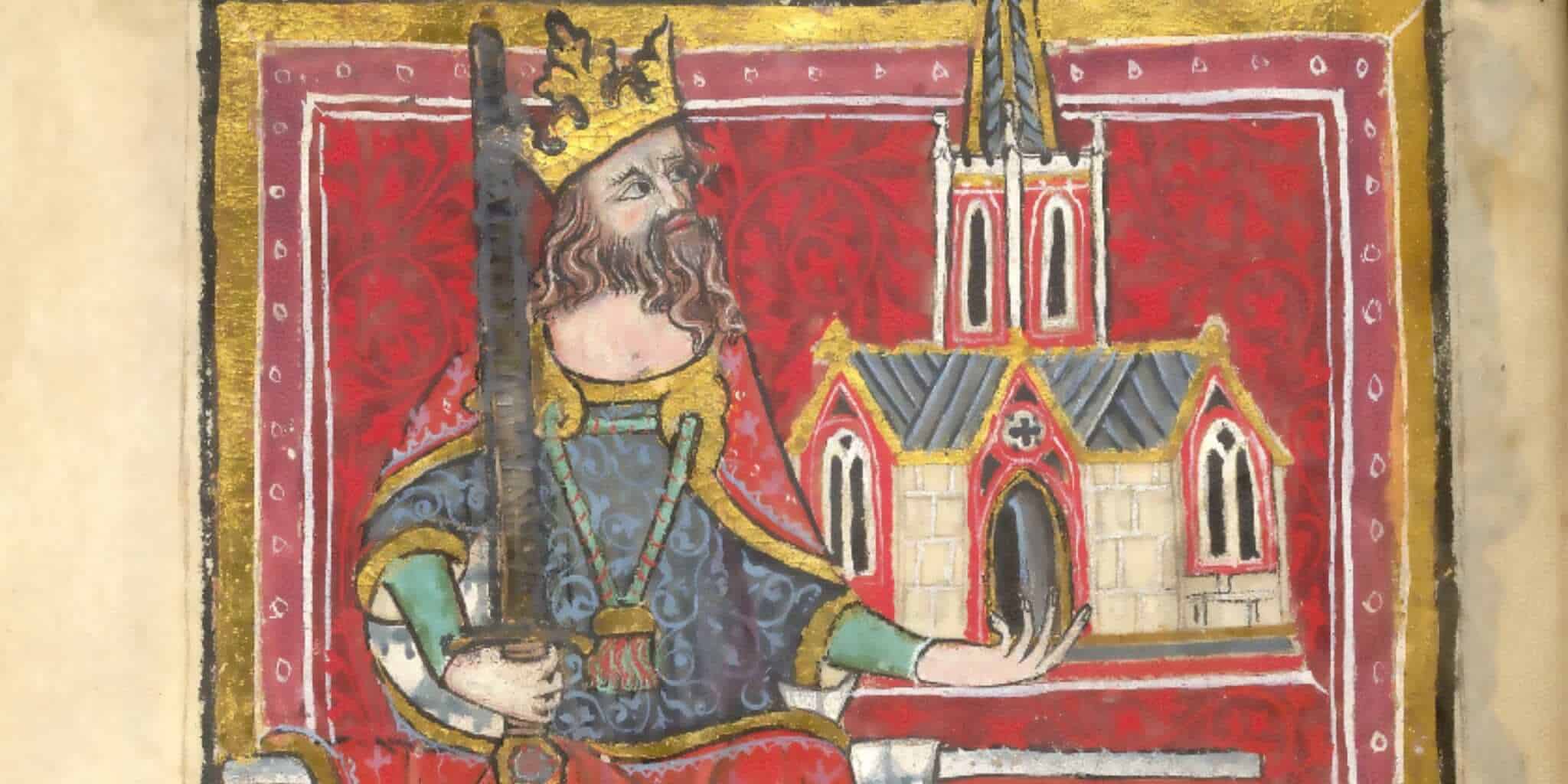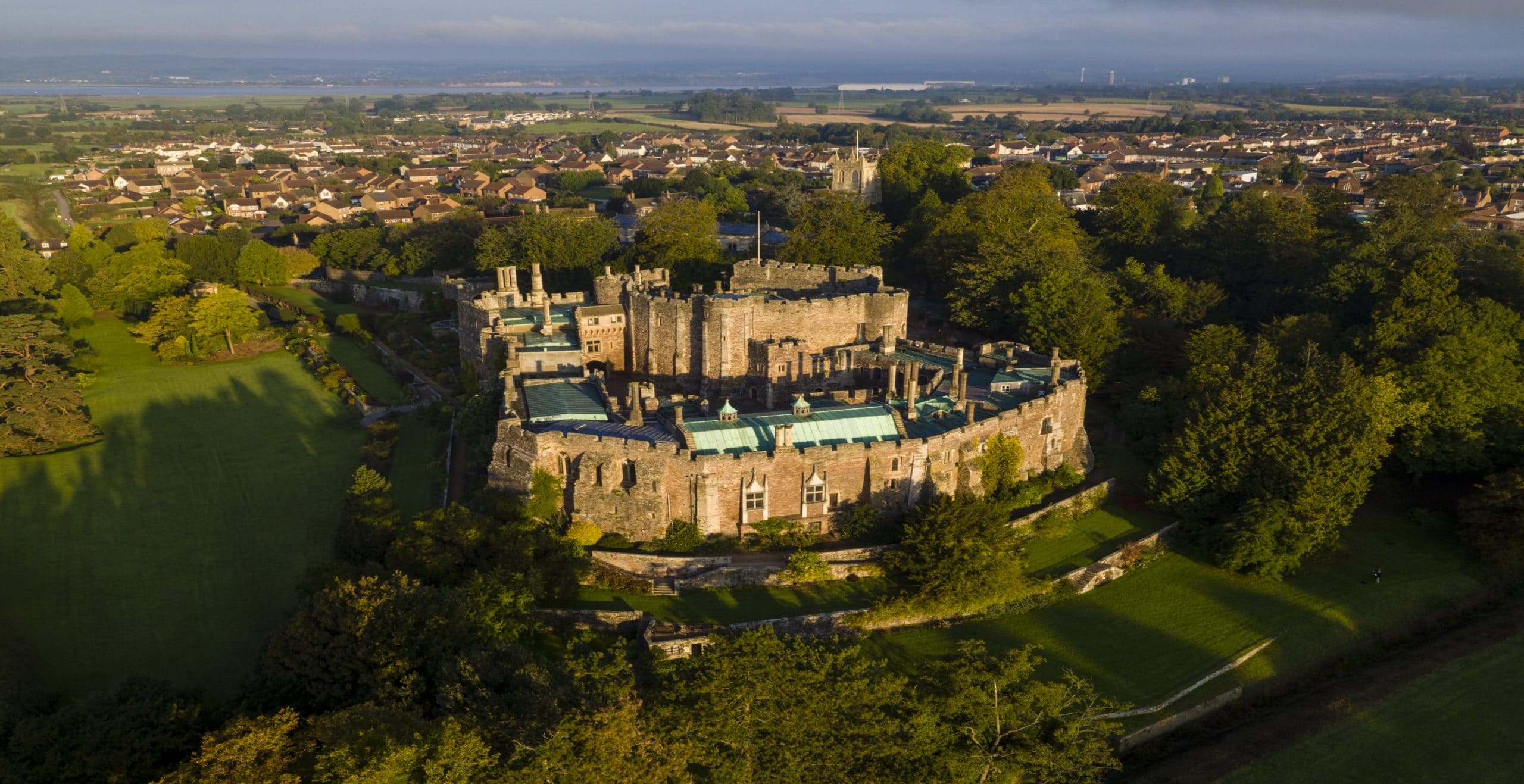Facts about Gloucestershire
![]() Population: 861,000
Population: 861,000
![]() Famous for: The Cotswolds, Forest of Dean, Offa’s Dyke
Famous for: The Cotswolds, Forest of Dean, Offa’s Dyke
![]() Distance from London: 2 – 3 hours
Distance from London: 2 – 3 hours
![]() Local delicacies: Gloucestershire Cheeses, Lamb Roasts, Squab Pie
Local delicacies: Gloucestershire Cheeses, Lamb Roasts, Squab Pie
![]() Airports: Staverton
Airports: Staverton
![]() County town: Gloucester
County town: Gloucester
![]() Nearby Counties: Herefordshire, Worcestershire, Warwickshire, Oxfordshire, Wiltshire, Somerset
Nearby Counties: Herefordshire, Worcestershire, Warwickshire, Oxfordshire, Wiltshire, Somerset
Gloucestershire boasts some of the most beautiful countryside in England. The majority of the Cotswolds lies within its boundaries, as does the ancient Forest of Dean and the stunning Wye Valley.
The Cotswolds are famous for their honey-stone towns and villages set within glorious rolling hills. Bourton-on-the-Water is known as the ‘Venice of the Cotswolds’ because of the number of bridges crossing the river in the centre of the village. The nearby Slaughters and the market town of Stow-on-the-Wold are also popular places to visit.
Don’t let the glorious countryside trick you; Gloucestershire has had a turbulent history. The Battle of Tewkesbury took place on 4th May 1471 and proved to be one of the most decisive battles in the Wars of the Roses. The last battle of the English Civil War took place on 21st March 1646, just one mile north of Stow-on-the-Wold.
Gloucestershire boasts many Roman sites including Chedworth Roman Villa, managed by the National Trust and one of the largest Roman villas in England. Cirencester was the second largest town in Britain during Roman times and boasts a well preserved Roman amphitheatre.
There are impressive cathedrals to visit at both Tewkesbury and Gloucester. Other religious sites include the ruins of Hailes Abbey near Winchcombe, a Cistercian abbey founded in the 13th century.
Gloucestershire's castles have links to royalty; Sudeley Castle, also near Winchcombe, was once home to Queen Katherine Parr, the sixth and last wife of Henry VIII, and King Charles I sought refuge there during the Civil War. Another castle with royal connections is medieval Berkeley Castle, where Edward II was murdered in 1327.
The spa town of Cheltenham is well worth a visit, with its Georgian and Regency buildings, terraces and squares. And don't forget the races; the highlight of the four day Cheltenham Festival meeting every March is the Cheltenham Gold Cup, which attracts racegoers from all over the world.







